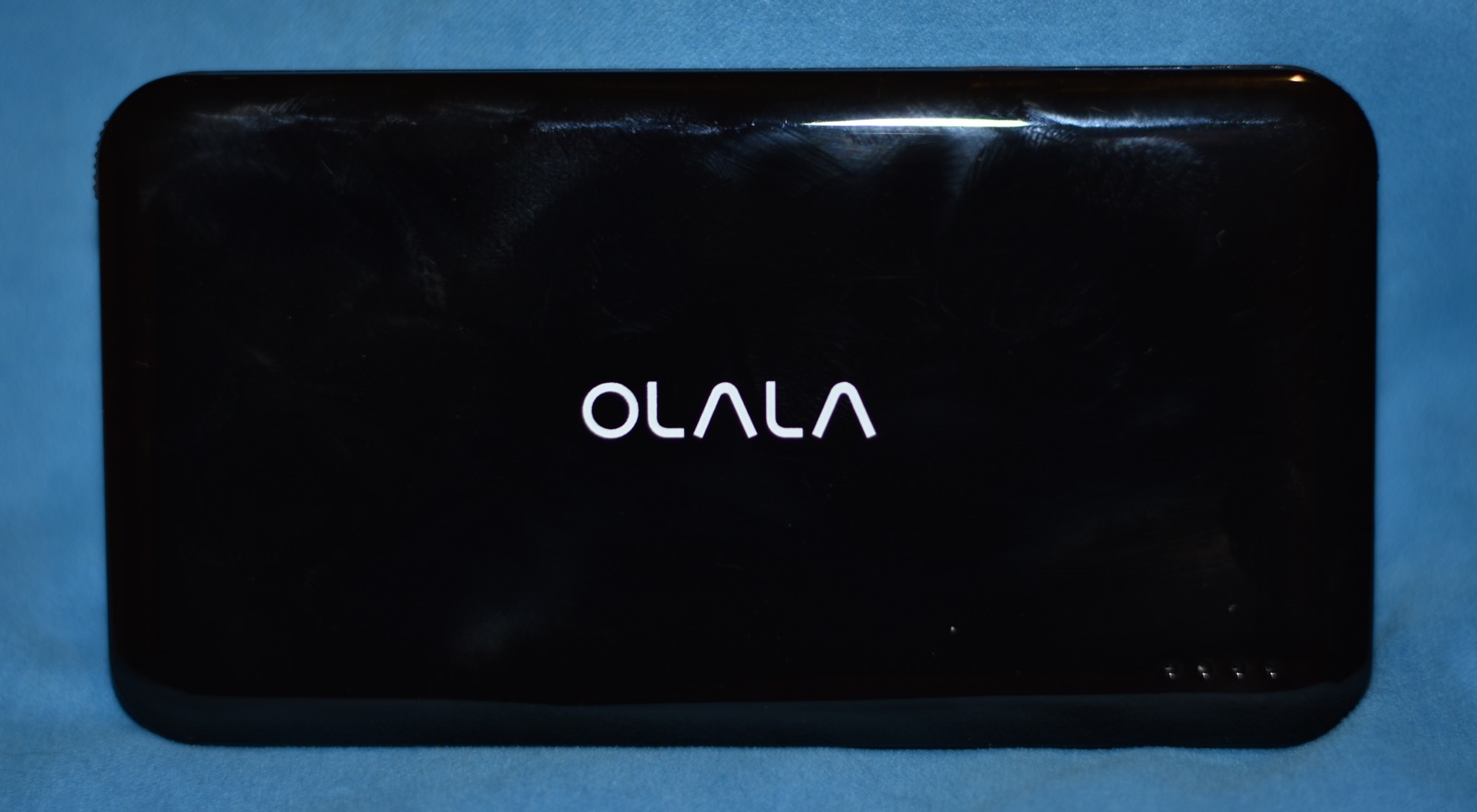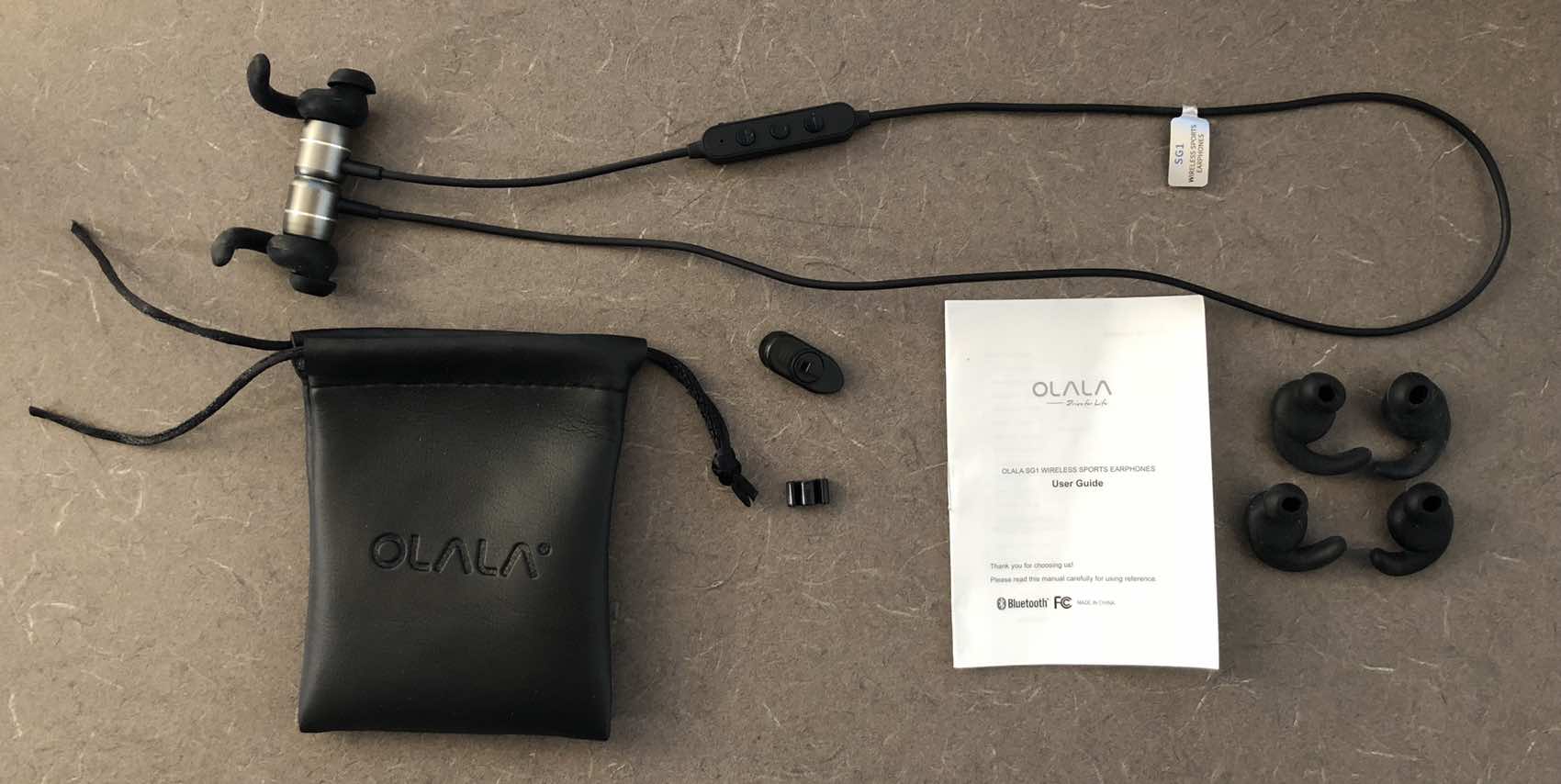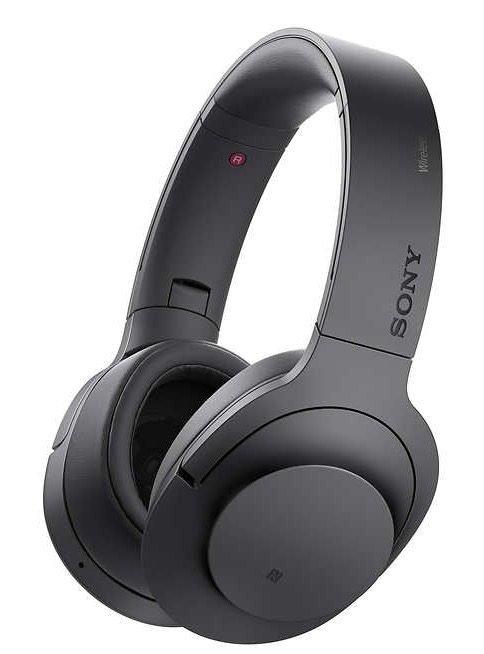An electrifying car story – part four
This is Part Four of a four-part series on our 2016 Tesla Model S. In Part One, I covered why we chose the Model S, the cost of the car, and a bit about Tesla the company. In Part Two, I listed some of the things I love about the car. In Part Three, I listed more of the things I love, plus those things I hate. In today's Part Four, I'll discuss what it's like living with an electric car, cover a somewhat long road trip I took last fall, and offer a few thoughts on the future of auto electrification. Finally, tomorrow's Part Five will provide an unexpected ending (of sorts) to the series.
My two-plus years with an electric car have been basically a non-event. There are many reasons for this, including the fact that I work at home, and that we have non-electric vehicles, so the Tesla doesn't have to do everything. (But even if I commuted, with the car's range of 280 miles, I think it'd still be a non-event.)




 When it came time to replace them, I wasn't quite sure what to get—I didn't want to spend a lot on headphones. But while browsing Costco, I came across the
When it came time to replace them, I wasn't quite sure what to get—I didn't want to spend a lot on headphones. But while browsing Costco, I came across the